When CEEFAX started in 1974, it was the first teletext facility in the world - enabling the viewer to "see facts" - and the start of interactive television services that are now taken for granted. CEEFAX was developed two years earlier by BBC engineers who exploited the unused capacity of the 625 line television signal to send information. The text could be displayed instead of the television picture or overlaying it, and accessed at the touch of a button.
CEEFAX was a minority interest at first, as a new television was needed to receive it, but the popularity of rented televisions, which could easily be upgraded, ensured uptake steadily increased. The service received a great boost once gaps in the television schedule began to be filled with a selection of pages from CEEFAX, accompanied by music. Eventually it had 22 million weekly users.
Apart from news and sport coverage, including chess and racing, CEEFAX offered pages of weather, music reviews, travel information, jokes and even an alarm clock. At its height as many as 600 pages were available.
As part of the analogue television signal, CEEFAX was discontinued when the network became digital-only in 2012, but more advanced interactive services such as the Red Button and BBC.co.uk are its spiritual successors.
September anniversaries
-

Close down of Television service for the duration of the War
1 September 1939 -

The Morecambe and Wise Show
2 September 1968 -

Chamberlain announces Britain is at war with Germany
3 September 1939 -

Start of first series of Porridge
5 September 1974 -

Droitwich transmitter becomes operational
6 September 1934 -

The News Quiz
6 September 1977 -

Casualty
6 September 1986 -

Only Fools and Horses
8 September 1981 -

The Woodentops
9 September 1955 -

First live Children's BBC from 'the Broom Cupboard'
9 September 1985 -

The Saga of Noggin the Nog first transmitted
11 September 1959 -
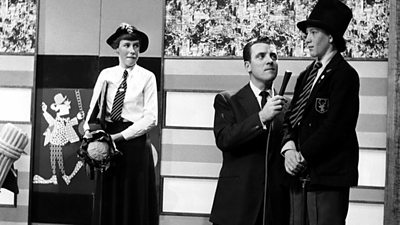
Crackerjack
14 September 1955 -

The Royle Family
14 September 1998 -
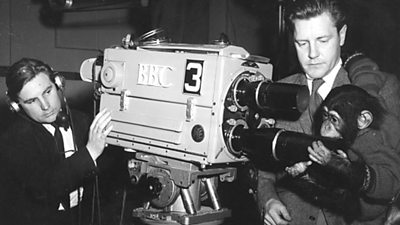
Opening of BBC Bristol
18 September 1934 -

First episode of Fawlty Towers
19 September 1975 -

First episode of I, Claudius
20 September 1976 -

The Old Grey Whistle Test
21 September 1971 -

The Shock of the New
21 September 1980 -
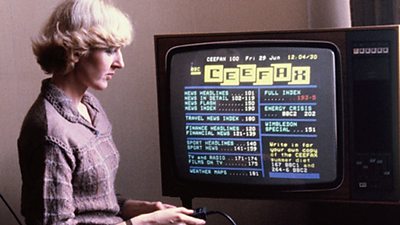
CEEFAX: world's first teletext service
23 September 1974 -

Pride and Prejudice
24 September 1995 -
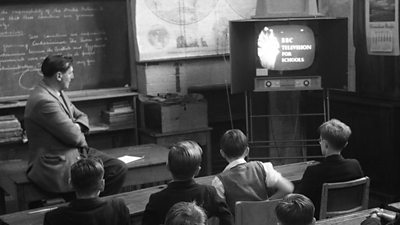
BBC Television for Schools begins
24 September 1957 -

Question Time
25 September 1979 -

The Epilogue
26 September 1926 -
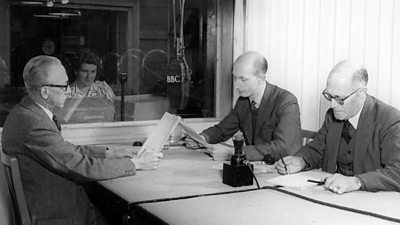
Start of BBC European Service, News in French, German and Italian
27 September 1938 -

BBC Singers
28 September 1924 -

The beginning of The Third Programme
29 September 1946 -

Have I Got News For You
28 September 1990 -

War and Peace
28 September 1972 -
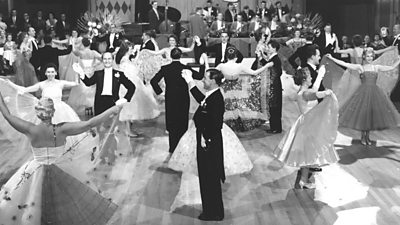
First episode of Come Dancing
29 September 1950 -
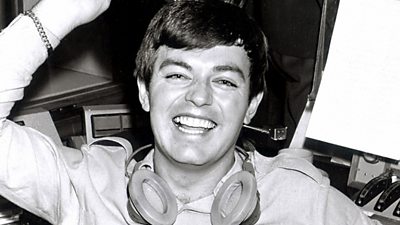
Start of Radios 1, 2, 3 and 4
30 September 1967 -

Chamberlain returns from Munich
30 September 1938































